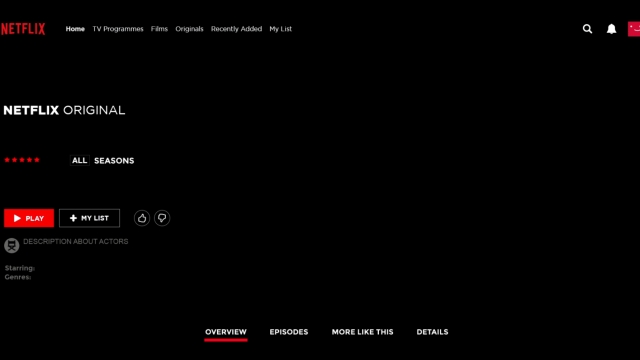
Unlocking the Potential: Exploring the World of Microcaptives
The world of captive insurance has been expanding rapidly in recent years, with businesses realizing the benefits of this innovative approach to risk management. One area that has gained significant attention is microcaptives, which offer unique opportunities for small to mid-sized businesses. The IRS 831(b) tax code has paved the way for these microcaptives to flourish, enabling companies to create their own efficient and cost-effective insurance entities. In this article, we will delve into the world of microcaptives, exploring their potential and the benefits they offer to both businesses and their owners. Let’s unlock this fascinating realm and see what it has in store.
Understanding Microcaptives
A microcaptive is a type of captive insurance company that is formed by a small business or group of businesses to provide insurance coverage for their own specific risks. This alternative risk management strategy allows businesses to retain more control over their insurance program and potentially gain financial benefits.
Microcaptives operate under the IRS Section 831(b) tax code, which provides certain tax advantages for insurance companies with annual premiums of $2.3 million or less. This tax code allows microcaptives to receive premium payments from the insured businesses, and the premiums are considered tax-deductible expenses for the businesses. The microcaptive, in turn, can exclude up to $1.2 million of its annual premium income from its taxable income.
By forming a microcaptive, businesses can create a self-insurance mechanism that enables them to protect themselves against specific risks that are not easily covered by traditional insurance policies. This approach allows businesses to customize their insurance coverage according to their specific needs, instead of relying solely on standard insurance products in the market. Moreover, if the microcaptive operates in a disciplined and financially prudent manner, it may accumulate surplus funds over time, which can serve as a financial asset for the business.
In summary, microcaptives offer businesses an alternative risk management solution, providing tax advantages and a more tailored approach to insurance coverage. However, it is essential for businesses to thoroughly understand the regulations and legal requirements associated with microcaptives to ensure compliance and make informed decisions about whether this option is suitable for their specific circumstances.
Benefits of 831(b) Captive Insurance
Get More Information
Increased Risk Management: Microcaptives, also known as 831(b) captives, offer businesses the opportunity to enhance their risk management strategies. By creating their own insurance company, businesses have more control over their coverage and can tailor it to their specific needs. This flexibility allows companies to protect against unique risks that traditional insurance policies may not adequately address.
Potential Tax Advantages: One of the notable benefits of 831(b) captives is their favorable tax treatment. Under the IRS 831(b) tax code, microcaptives are able to receive up to $2.3 million in annual premium income tax-free. This allows businesses to retain profits within the captive, creating a potential source of tax-efficient income. However, it’s essential to consult with tax professionals to ensure compliance with IRS regulations and eligibility requirements.
Customized Coverage and Cost Savings: Traditional insurance policies often come with limitations and exclusions that may not align perfectly with a company’s specific risk profile. Microcaptives provide the flexibility to design policies tailored precisely to the unique risks faced by an organization. This can lead to more comprehensive coverage and potentially reduce overall insurance costs in the long run.

Remember, engaging with an experienced captive insurance advisor or consultant is crucial to determine if a microcaptive is the right solution for a business. Each company’s circumstances vary, and a thorough analysis is necessary to gauge the benefits and cost-effectiveness of implementing an 831(b) captive insurance structure.
Compliance with IRS 831(b) Tax Code
When it comes to microcaptive insurance, compliance with the IRS 831(b) tax code is crucial. The IRS has specific requirements that must be met in order for a microcaptive to qualify for certain tax benefits.
First and foremost, the microcaptive must be structured as a bona fide insurance company. This means it must demonstrate risk shifting, risk distribution, and genuine insurance risk transfer. The primary purpose of the microcaptive should be to provide insurance coverage to its owners and not just to generate tax advantages.
Furthermore, the tax code imposes certain limits on the amount of premium income that can be received by the microcaptive. For the tax year 2021, this limit is set at $2.4 million. If the premium income exceeds this threshold, the microcaptive may not qualify for the favorable tax treatment under the 831(b) election. It’s important to monitor and ensure compliance with this limit to maintain the tax benefits that come with a microcaptive arrangement.
Lastly, it’s essential to properly document and report transactions related to the microcaptive. Accurate record-keeping is necessary to demonstrate compliance and substantiate the tax deductions claimed. Failure to maintain adequate records could lead to challenges from the IRS and potentially jeopardize the microcaptive’s tax status. Staying organized and keeping detailed records will help ensure smooth compliance with the IRS 831(b) tax code.



